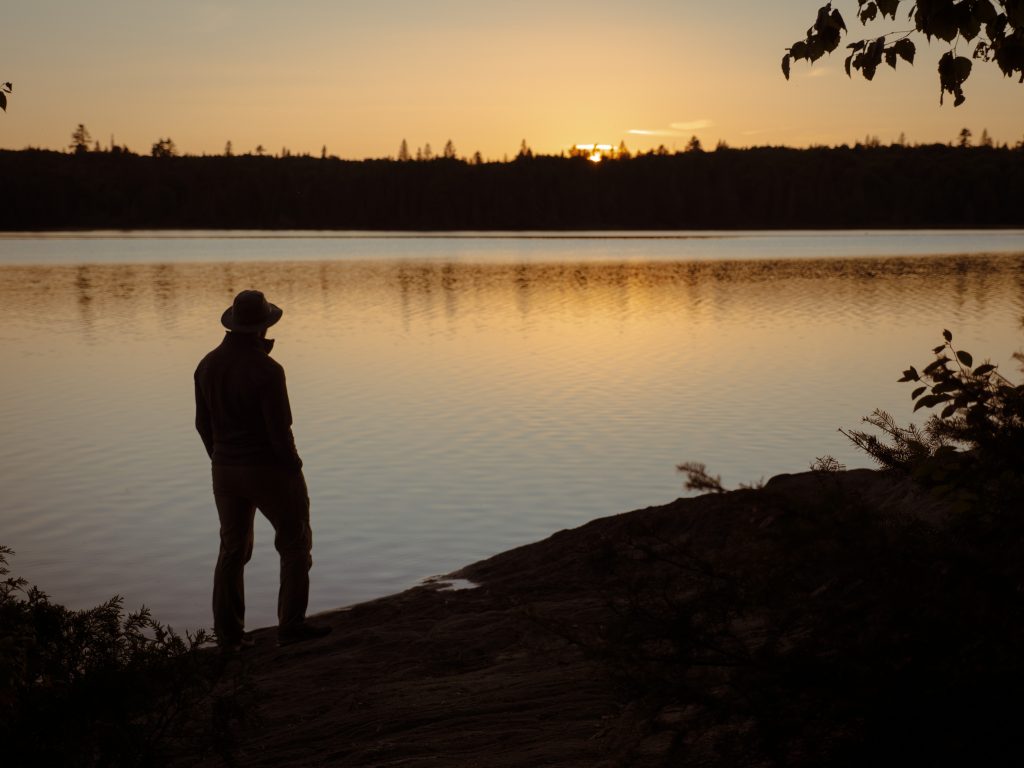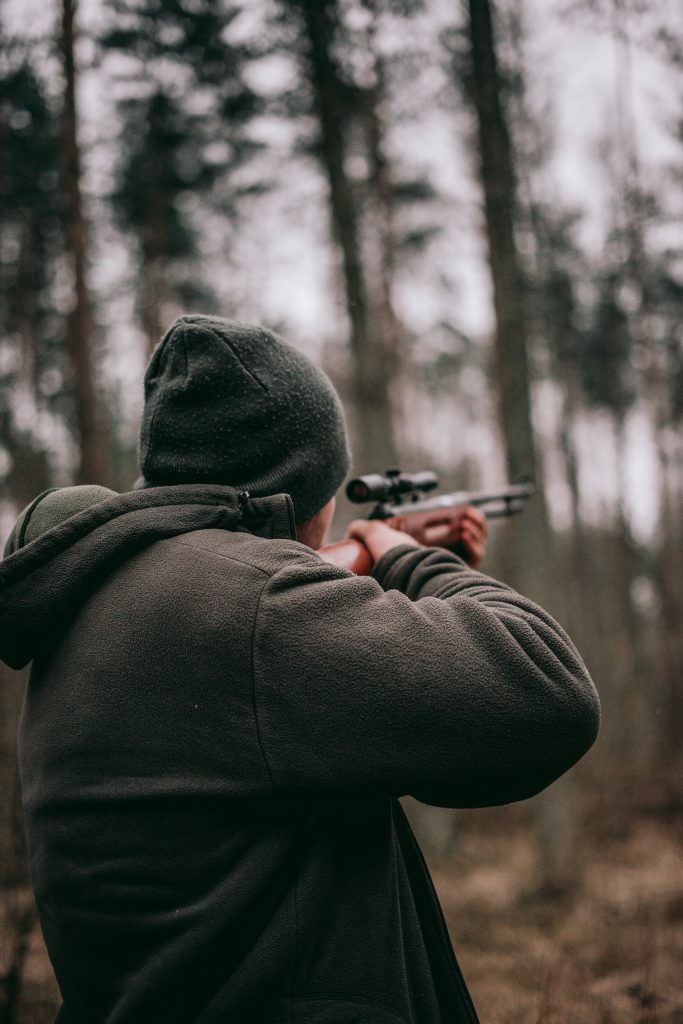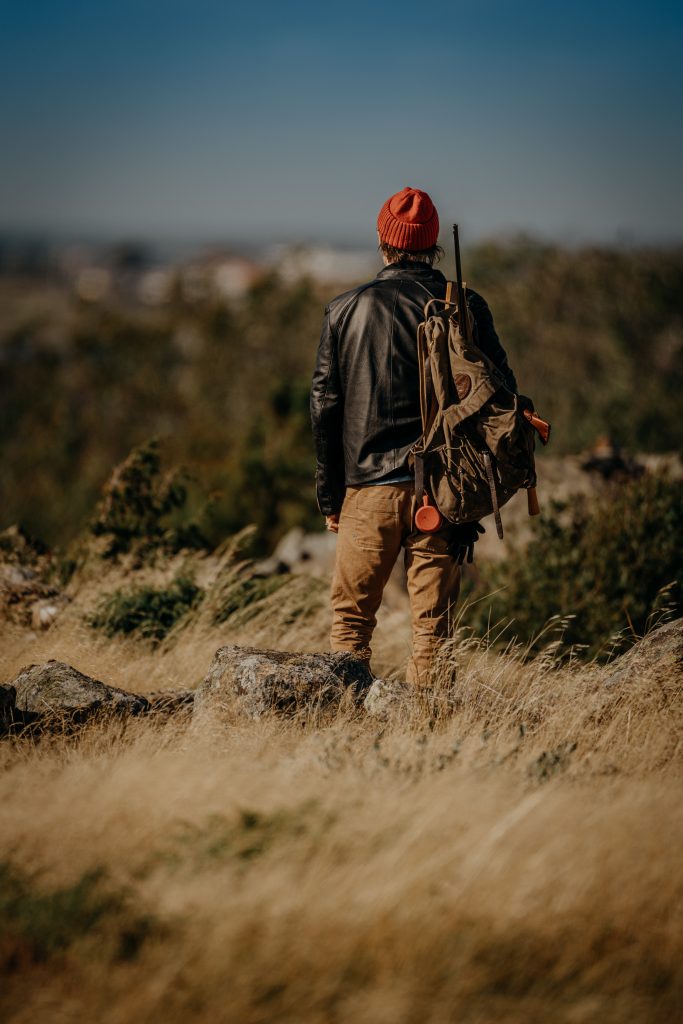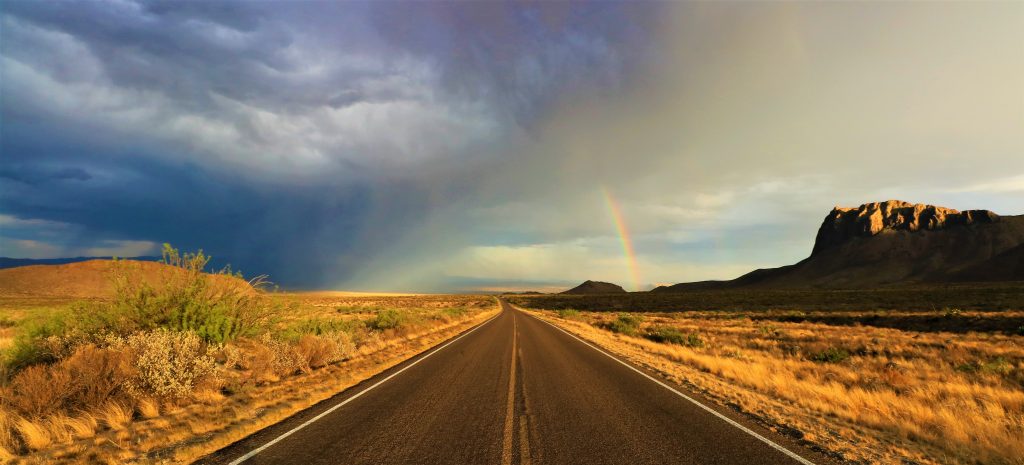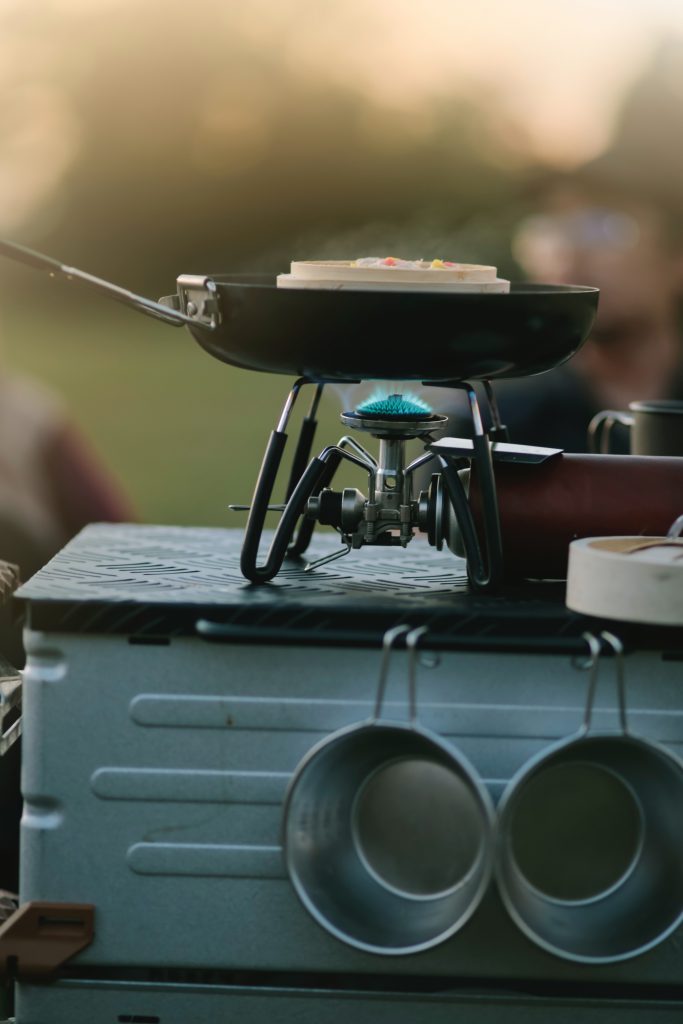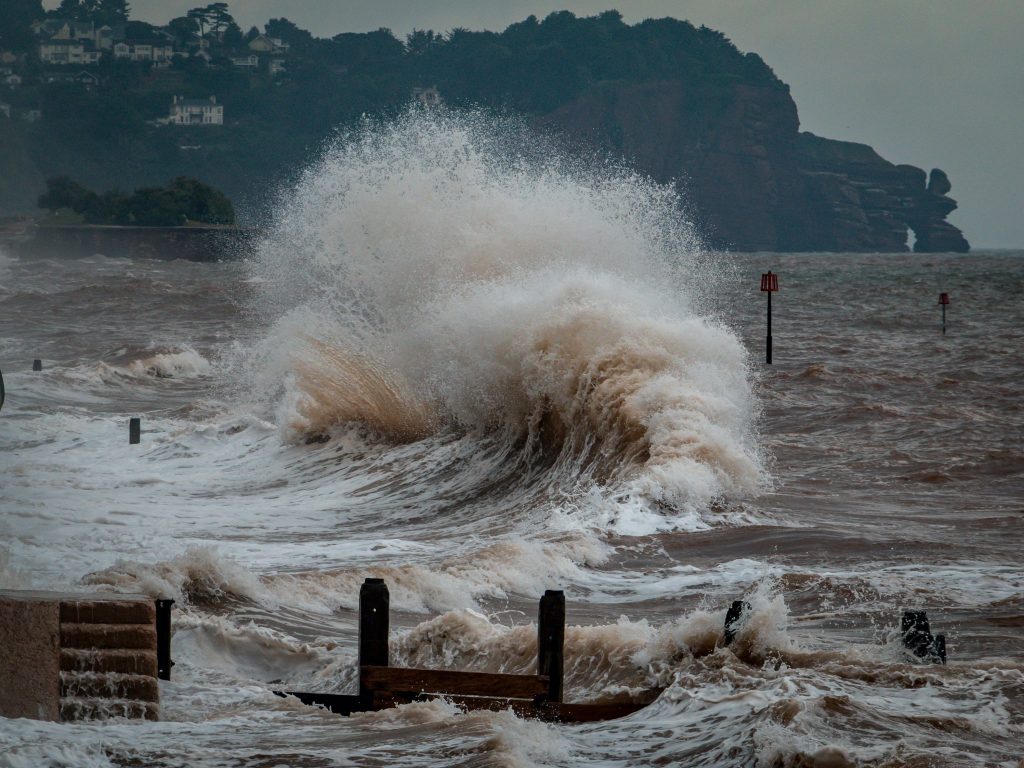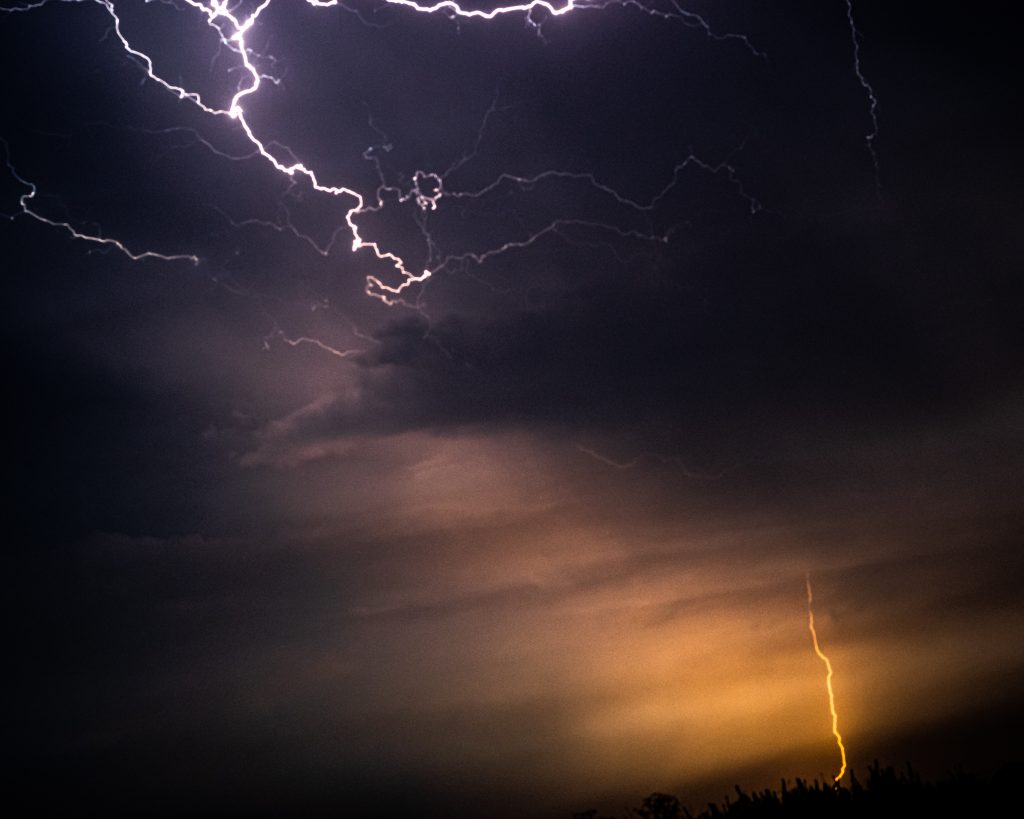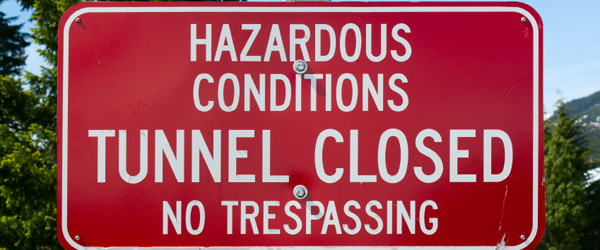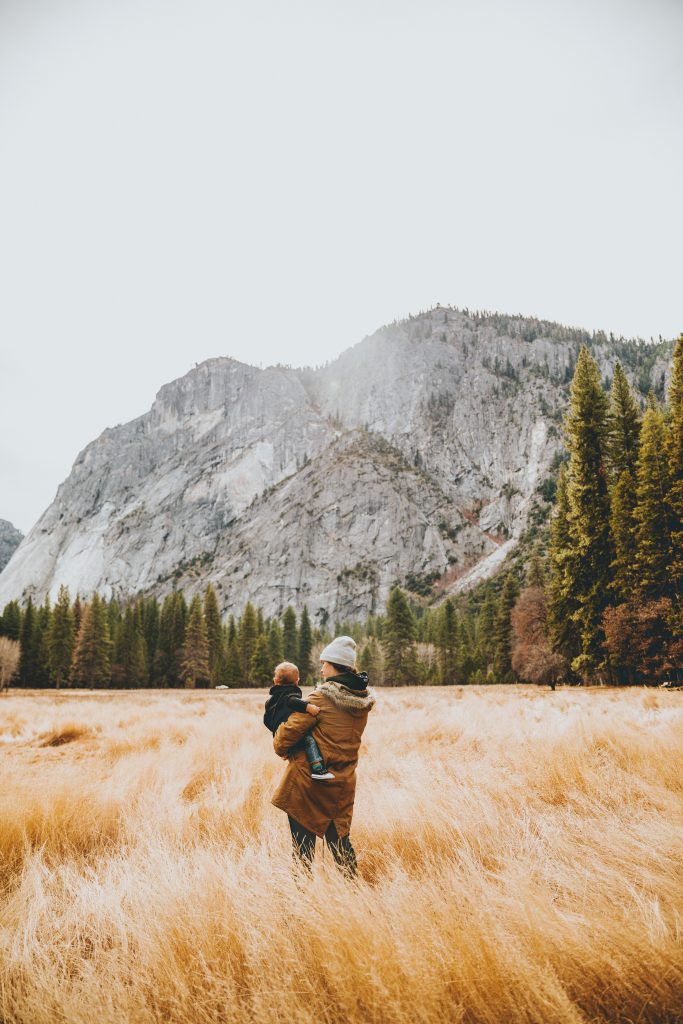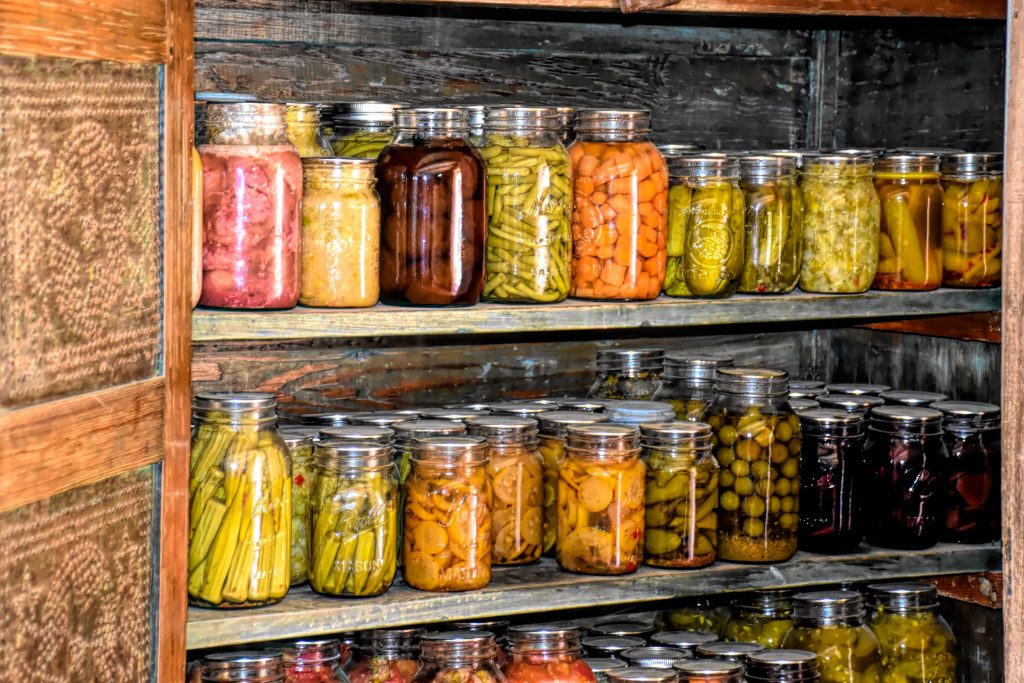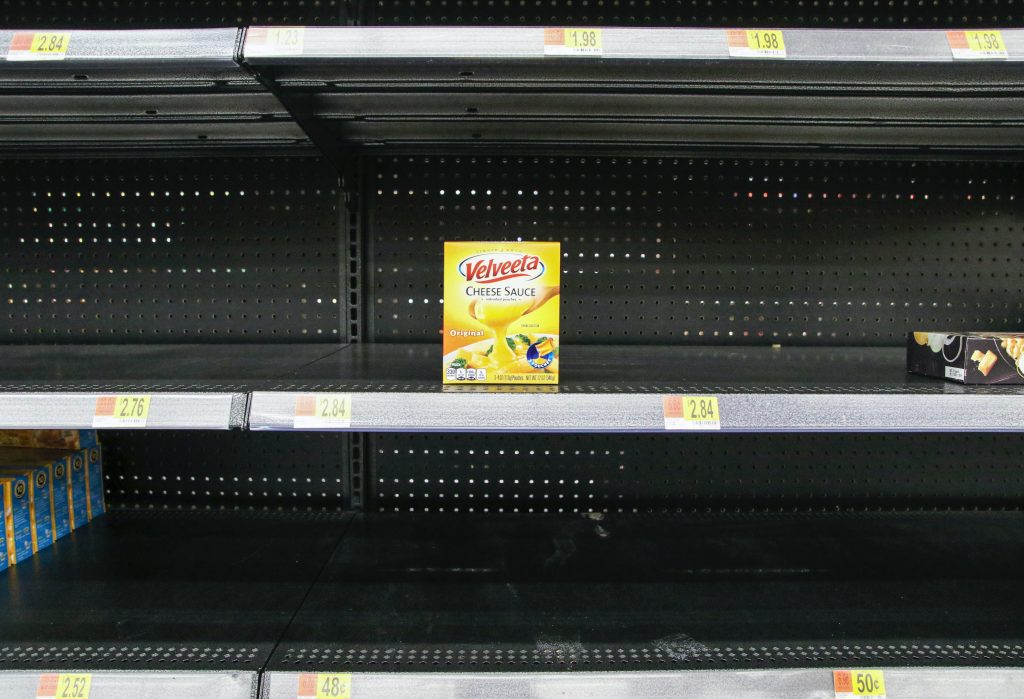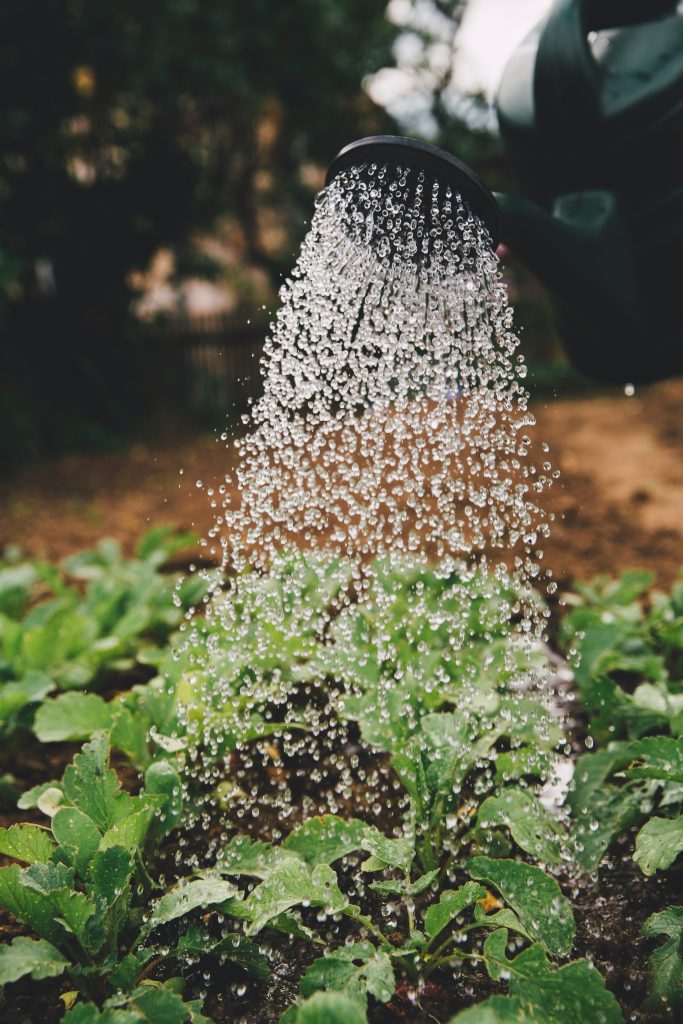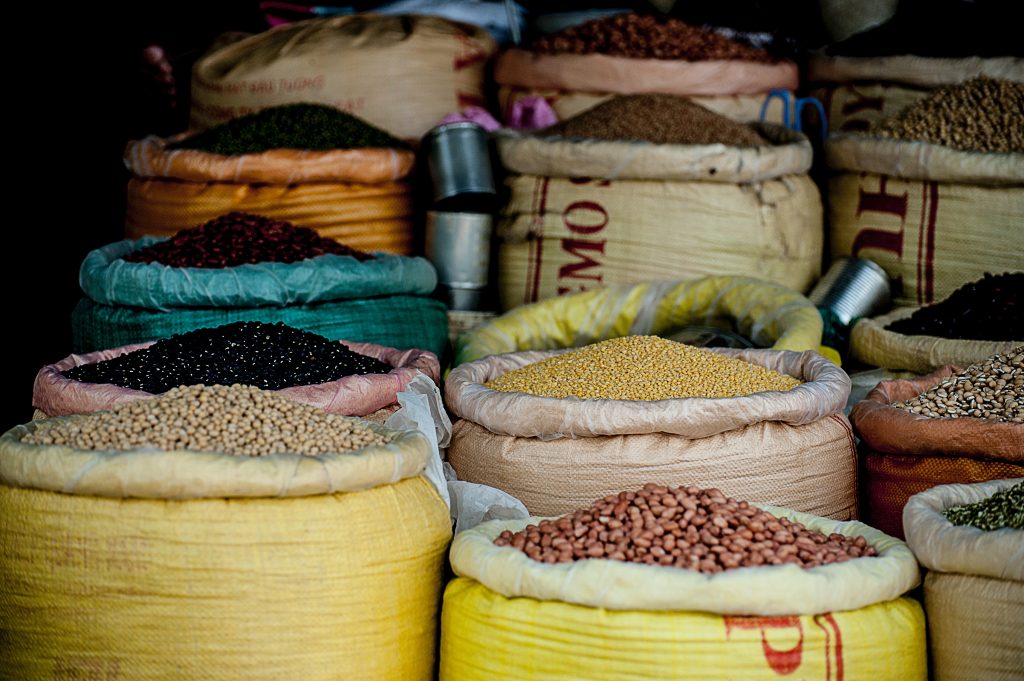Just bought a hunting rifle scope and wonder how to protect it when you go on your outdoor adventures? Not sure how to do it or if you need to buy extra equipment?
Hunting isn’t a hobby you can do sitting at home where you’re protected from the elements. It’s a rugged activity where you and your equipment will be exposed to everything mother nature can throw at you.
From things like the rain, heat, or cold to accidents like dropping your rifle and scratching the lenses, there are many ways hunting rifle scopes can get damaged while you’re outside.
Fortunately, there are many ways you can protect and weather-proof your hunting rifle scope without spending a fortune or having to worry about it constantly. In this guide, we’ll teach you how to do it yourself.
5 Ways You Can Protect Your Hunting Rifle Scope
Here are five things you can do to protect your hunting rifle scope from the elements. Whether you’re using an LPVO or a simple scope, you’ll want to check these tips out.
(For more useful information about hunting rifle scopes and firearms in general, check out Shooting Mystery.)

Buy a Scope Lens Cover or Dust Cap
The most effective way to prevent your scope lenses from getting damaged is by getting a scope lens cover (sometimes called a dust cap) for both ends of the scope.
There are an unbelievable number of lens covers that you can find that will fit any size rifle scope. In fact, many rifle scope companies sell it alongside the scope.
If your scope doesn’t come with one, you can get a pair that screws on and off, pops on and off, or flips up and away from the scope’s front and rear, allowing you to push the flaps down when you’re done.
While this part is up to personal preference, the flip-up lens covers are the most convenient — no need to worry about where to store them after use.
Get a Full-Size Scope Cover
Other than the lenses, the scope’s body also needs protection. The best ones are made of a neoprene material that protects the metal parts of the scope from corrosion and scratches.
The neoprene material is usually thick enough to absorb most normal bumps and knocks it can encounter during regular use. These covers also conform tightly to the scope’s housing, providing no extra bulk.
Even if dirt does get stuck between the neoprene cover and the scope, the material’s soft nature means it won’t scratch or damage your scope.
Don’t Store the Scope Outdoors
When you’re done using your hunting rifle and scope, make sure not to leave them exposed to the elements by storing them outdoors.
Factors like humidity, temperature, water, and oxidation will damage your scope over time, especially if you live in a more humid area or near the sea.
The safest thing to do with your hunting rifle scope is to store it indoors, where it won’t be exposed to harsh conditions.
You might also want to consider getting a storage case or bag for your scope and rifle, whether you always take your scope off or keep it on your rifle after use.
Use a Sling With Your Hunting Rifle
Using a sling with a hunting rifle is highly recommended for safety and convenience reasons. It keeps your hands free if you need to do other things like grip on trees for stability or dig the bullet out of your prey’s carcass.
However, using a hunting rifle sling can also prevent damage to your scope. If you accidentally drop the rifle while holding it, the sling prevents it from hitting the ground.

Imagine if you didn’t have a sling. The rifle would hit the ground hard, most likely damaging the sensitive scope, which would be a very costly mistake.
The sling allows you to be more mobile and walk freely without the rifle getting in your way while keeping it close to the body. This reduces the chances of it bumping into trees.
Clean Your Hunting Rifle Scope After Each Use
One step that can keep your hunting rifle scope looking brand new for years to come is regular cleaning. This is because your scope will be splattered with dirt, dust, moisture, and other external elements.
If you clean your scope each time after hunting and before storing it indoors (and in the case), you’ll prevent any dirt, dust, or particles from sticking to the scope.
You’ll want to remove any excess dirt particles because some are abrasive enough to scratch the material of your rifle scope, even if it’s marketed as scratch-resistant.
Just because your rifle scope is rated to be weather-resistant and scratch-resistant doesn’t mean you can be careless with it. It just means there’s a less likely chance it will get damaged if you are.
How You Can Protect the Rest of Your Rifle
While protecting your hunting rifle scope, you should also take care of the rifle it’s mounted on. Some of these tips and tricks can be done simultaneously to protect both the optic AND the weapon.
Put Muzzle Tape on Your Barrel
Your rifle’s barrel is one of the largest entry points where dirt, dust, and humidity enter. It’s also the part of the rifle most crucial to accuracy.
Having any rust or corrosion inside the barrel isn’t ideal and can lead to irreparable damage. Taping the front end of the barrel with electrical tape can help cover it up.
After shooting, the electrical tape will come off by itself. Then, Remove the extra pieces with your hands (unload the weapon first, of course).
Before you clean the gun and put it back into storage, you can put more muzzle tape again so that you don’t forget it the next time you go hunting.
Use Protective Anti-rust Coatings
Using anti-rust coatings on the outside of the rifle can help keep it rust and corrosion free. Make sure to apply these anti-rust or corrosive solvents on the outer part of your rifle.
Examples of anti-rust coatings are Rem Oil, WD-40, Kroil, and Corrosion-X. You can apply these by putting the liquids on a damp cloth and then rubbing it on your barrel’s exterior.
Disassemble and Clean After Use
You should disassemble and clean the parts of your rifle, especially after a particularly dusty, humid, or wet day in the field. You can do this as part of your end-of-day routine.
Disassembling and cleaning the rifle of all oils and grime helps, especially in icy or dirty conditions. For icy conditions, cleaning up the oil prevents it from freezing and getting too sticky.
For dirty and dusty conditions, the oil might mix with dirt and dry up as the day progresses, causing it to turn into a thick mush that will clog up your rifle.
If you’re hunting in frigid weather, consider disassembling it and leaving it in a cold but covered area. Putting it back in average temperatures might induce condensation.
Frequently Asked Questions
After learning more about how to protect your hunting rifle scope from the elements, you might have some related questions. Here are answers to the most commonly asked ones.
Can You Wrap a Scope?
You can choose to wrap your scope in vinyl skin as an additional layer of protection while you’re out and about instead of using a neoprene cover.
Most people buy it because you can choose custom designs or add camouflage to a plain-looking scope. Functionally, it can also repel some dirt and prevent rusting.
However, remember that it shouldn’t be used as a replacement for a full-size neoprene scope cover. This is because it won’t protect against any bumps or falls.
Can a Rifle Scope Go Bad?
Sometimes, the rifle scope will go bad (losing accuracy, clarity, or reliability) even if you take care of it properly. In this case, take some time to diagnose the problem before going hunting again.
If the rifle has just lost its zero, then all you need to do is zero it in again. However, if it constantly loses zero right after adjusting it, there might be another issue.
If you see fogging or liquids inside the scope, it means that the waterproofing seal has broken, and you won’t be able to trust the scope for any accurate shots.
If it makes weird sounds whenever you move it, like something is loose inside, then you’ll have to replace the scope. Check with your scope’s manufacturer for warranty claims.
Can a Rifle Scope Lose Zero?
If you miss even when your shot should be on target, the most likely cause is that your rifle scope has lost its zero. There are many reasons why a rifle scope loses zero.
Sometimes, it loses zero because of excessive recoil, improper installation, incorrect scope mounts, or because you’ve dropped the scope hard.
Some of these issues require reinstallation or even bringing it in for repairs, but you can try to zero in the rifle scope again to see if it still works well.
Final Thoughts
Protecting your hunting rifle scope from the elements isn’t as complicated as it sounds. Methods like buying covers for the scope and lenses help prevent damage in most cases.
However, the most crucial way to keep your rifle scope (and the hunting rifle itself) clean and working 100% is to clean it after every use. It might take up a bit more time out of your day, but 2-3 years down the road, your optic will look almost as fresh as the day you bought it.

